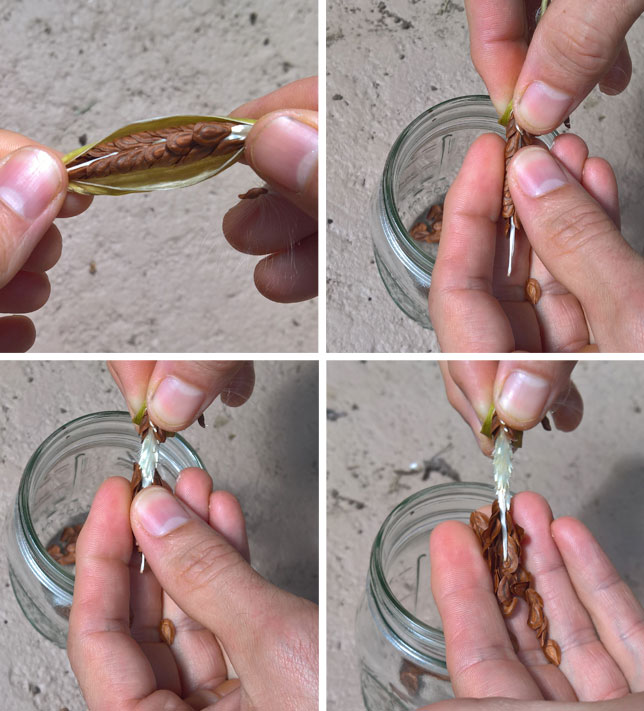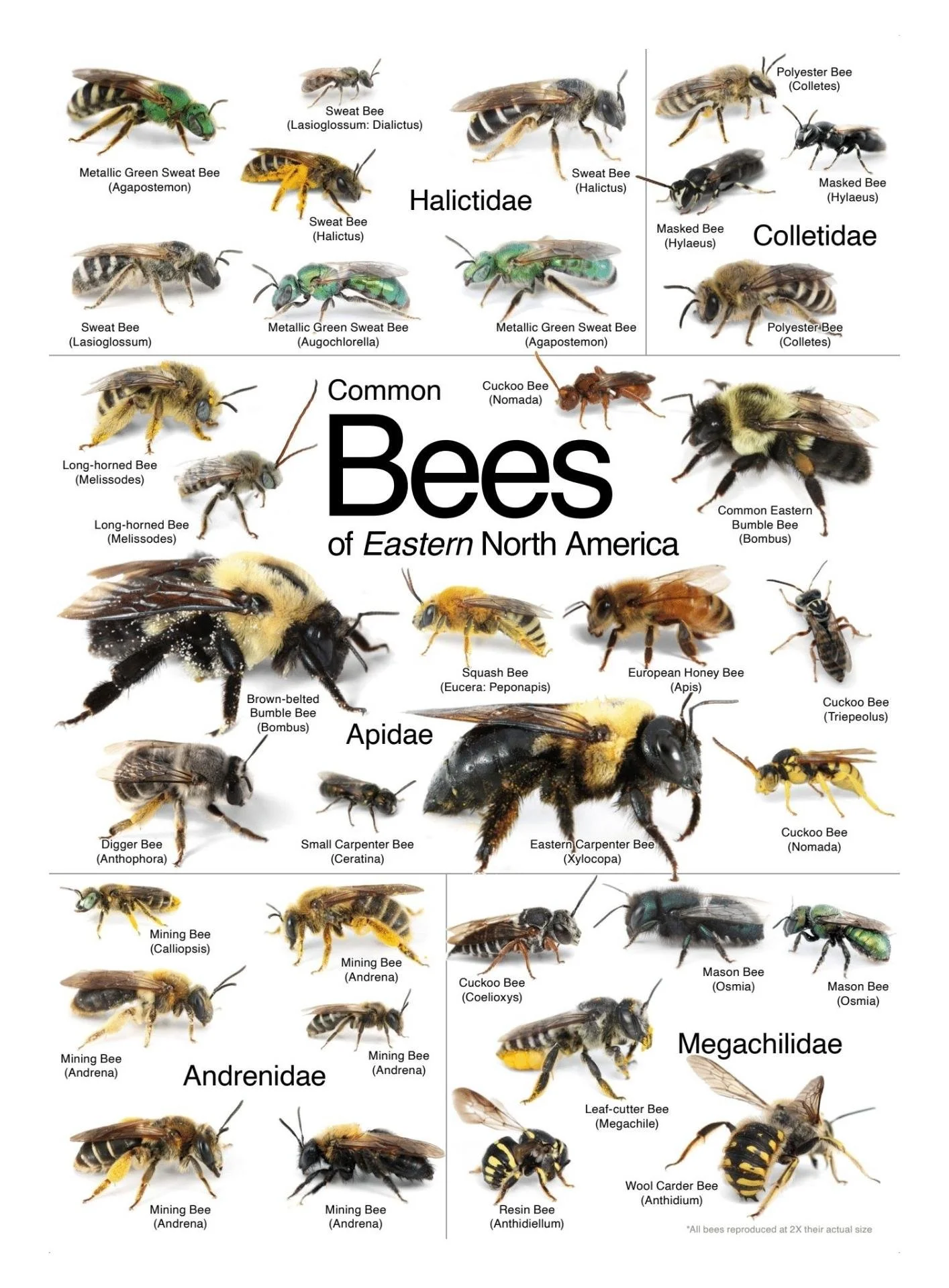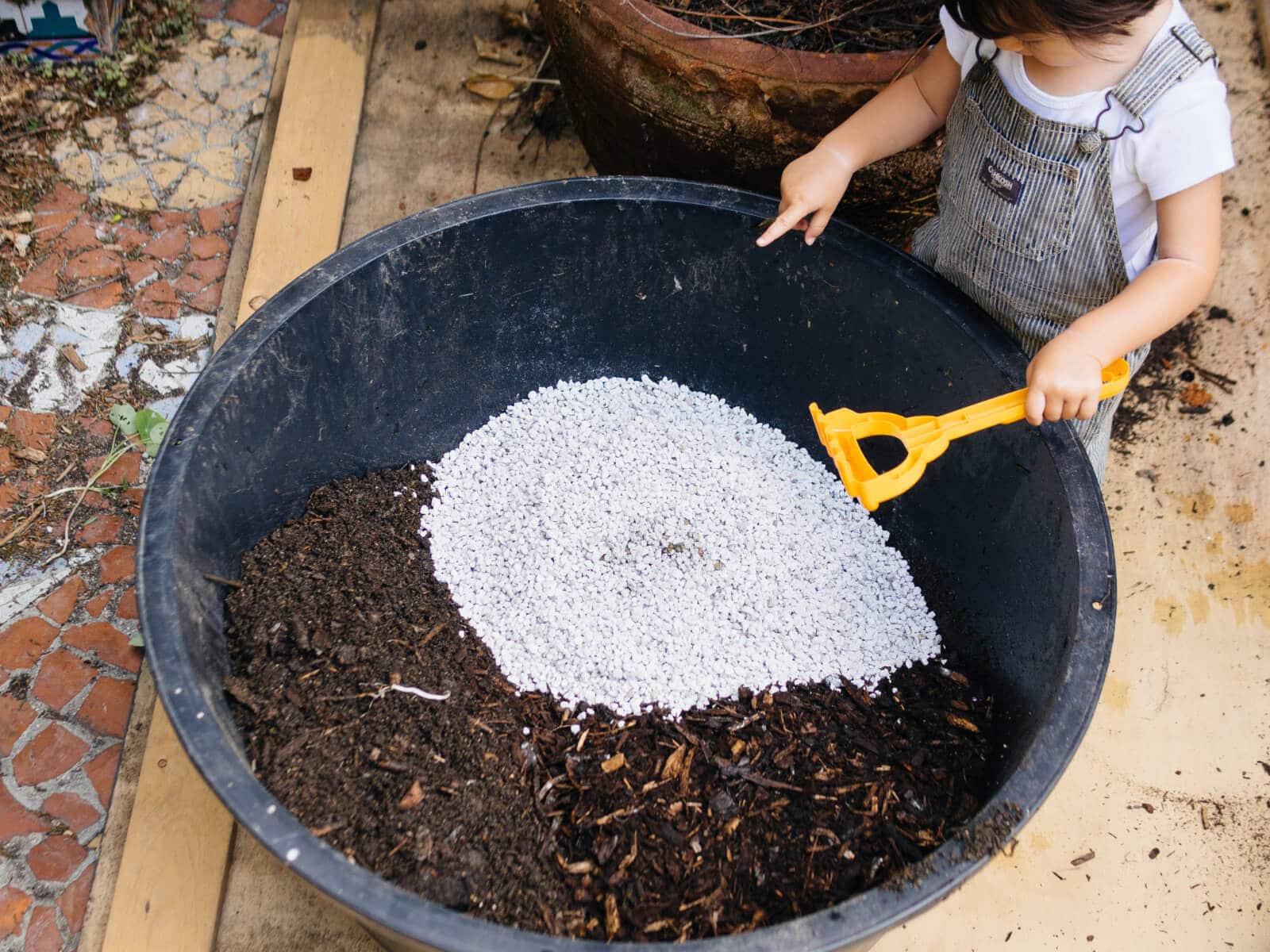Harvesting milkweed seeds is more than just a gardening activity; it’s an essential contribution to environmental conservation and the life cycle of the monarch butterfly. As milkweed is the sole food source for monarch caterpillars, your efforts in collecting and planting these seeds support biodiversity and the ecosystem. In this guide, we’ll explore the process of harvesting milkweed seeds and the best practices for removing the fluff quickly and efficiently.
How Do You Know When Milkweed Pods Are Ready to Pick?
The perfect time to harvest milkweed pods is when they have turned dry and brown. You can also identify readiness when the pods open slightly with gentle pressure, signaling the seeds inside are mature. Be vigilant, as the timing may vary based on your location and the local climate.
Waiting for the right moment ensures that the seeds have reached full maturity, which is crucial for successful germination. The pods will typically show these signs in the late summer to early fall.
Observing the pods closely and harvesting at the right stage is essential for promoting the growth of native plants and supporting the monarch butterfly habitat.
What Are the Best Methods for Harvesting Milkweed Seeds?
Harvesting milkweed seeds can be done through a few effective methods. The simplest way is to gently squeeze the pods to release the seeds. For larger harvests, you can cut the pods off the plant and carefully remove the seeds by hand.
- Cut the pods off with scissors when they start to split.
- Place the pods in a paper bag and let them dry until they open naturally.
- Shake the bag to release the seeds from the opened pods.
These methods are straightforward and can be done with minimal tools, making it easy for anyone to participate in milkweed seed collection and contribute to sustainable gardening practices.
How Do You Remove Fluff from Milkweed Seeds?
Separating milkweed seeds from the fluffy coma can be challenging, but with the right technique, it can be done quickly. One approach is to use a jar with coins. Place the seeds and fluff inside, shake vigorously, and the seeds will separate from the fluff, settling at the bottom.
Another method is to place the seeds in a bowl and gently blow across the surface, allowing the lighter fluff to disperse, leaving the seeds behind.
These efficient methods for separating milkweed seeds from fluff are not only quick but also minimize waste and maximize the number of seeds you can save for planting or sharing.
When Is the Ideal Time to Harvest Milkweed Seeds?
The best time to harvest milkweed seeds is during the late summer to early fall. This is when the pods are likely to be mature enough for harvesting.
Monitoring the pod color and firmness will guide you in determining the ideal harvest time.
Timely harvesting is critical to ensure high germination rates and to maintain the integrity of the seeds for storage and future planting.
How Should You Store Milkweed Seeds After Harvesting?
After removing the fluff, proper storage is essential. Keeping the seeds too warm or too damp could ruin their viability. Here’s how to store them:
- Place seeds in a paper envelope to allow them to breathe and prevent mold.
- Store the envelope in a cool, dry place until you are ready to plant.
- For cold stratification, keep the seeds in a moist paper towel inside a sealed container in the refrigerator for 30 to 60 days before planting.
This method of storing milkweed seeds for optimal germination mimics the natural winter conditions the seeds would normally endure, increasing the chances of successful sprouting.
When Is the Best Time to Sow Milkweed Seeds?
The best time to sow milkweed seeds is after the last frost in spring, giving the plants a full growing season. However, for regions with mild winters, fall sowing is also effective as it allows nature to stratify the seeds naturally.
Planting milkweed not only aids in monarch butterfly conservation but also enriches the soil, purifies the air, and supports a diverse range of pollinators within the ecosystem.
By following the techniques for cultivating milkweed plants, you’re taking an active role in creating a more sustainable and vibrant natural community.
Quick Tips for an Efficient Milkweed Seed Harvest
Here are some quick tips to make your milkweed seed harvest both efficient and enjoyable:
- Wear gloves to protect your hands from the sap, which can be irritating to the skin.
- Harvest on a dry day to reduce moisture content and prevent mold.
- Involve friends or family—it’s a great way to educate others about the importance of milkweed and monarchs.
Before we dive into related questions, let’s watch a helpful demonstration:
Related Questions About Harvesting and Planting Milkweed
How to Remove Fluff from Milkweed Seeds?
The most efficient way to remove fluff from milkweed seeds is to place them in a container with a coin and shake it vigorously. The weight of the coin helps to disentangle the seeds from the fluff, allowing them to be easily separated.
Another method is to use a fan or a gentle breeze to blow away the fluff while the heavier seeds remain. These techniques ensure a quick and clean separation.
When to Harvest Milkweed Fluff?
Milkweed fluff should be harvested when the pods turn a dry and brown color, and the seeds inside rattle slightly when the pod is shaken. This typically occurs in the late summer or early fall. Harvesting at this time ensures that the seeds are mature enough for successful propagation.
Be sure to wear gloves and harvest on a dry day to prevent any moisture from compromising the quality of the fluff and seeds.
How to Collect Milkweed Seed Pods?
Collecting milkweed seed pods is simple. Once you have identified that the pods are mature, carefully cut them from the plant using scissors or hand pruners. Place the pods in a paper bag and store them in a cool, dry place until you are ready to extract the seeds.
This method not only protects the seeds from the elements but also makes it easier to handle and transport the pods.
How to Dry Out Milkweed Seeds?
To dry out milkweed seeds, spread them out on a paper towel in a warm, dry area with good air circulation. Be sure to turn the seeds occasionally to ensure even drying. Within a few days, the seeds should be adequately dry for storage or planting.
Avoid exposing the seeds to direct sunlight as it can be too harsh and might damage the seeds. Proper drying is essential for maintaining seed viability.
By following these guidelines on how to harvest milkweed seeds and remove the fluff, you’ll be contributing to the conservation of the monarch butterfly, the propagation of native plants, and the overall health of our ecosystems. Your efforts in sustainable gardening play an important part in the broader environmental picture, supporting pollinators and the diverse life they help sustain.





